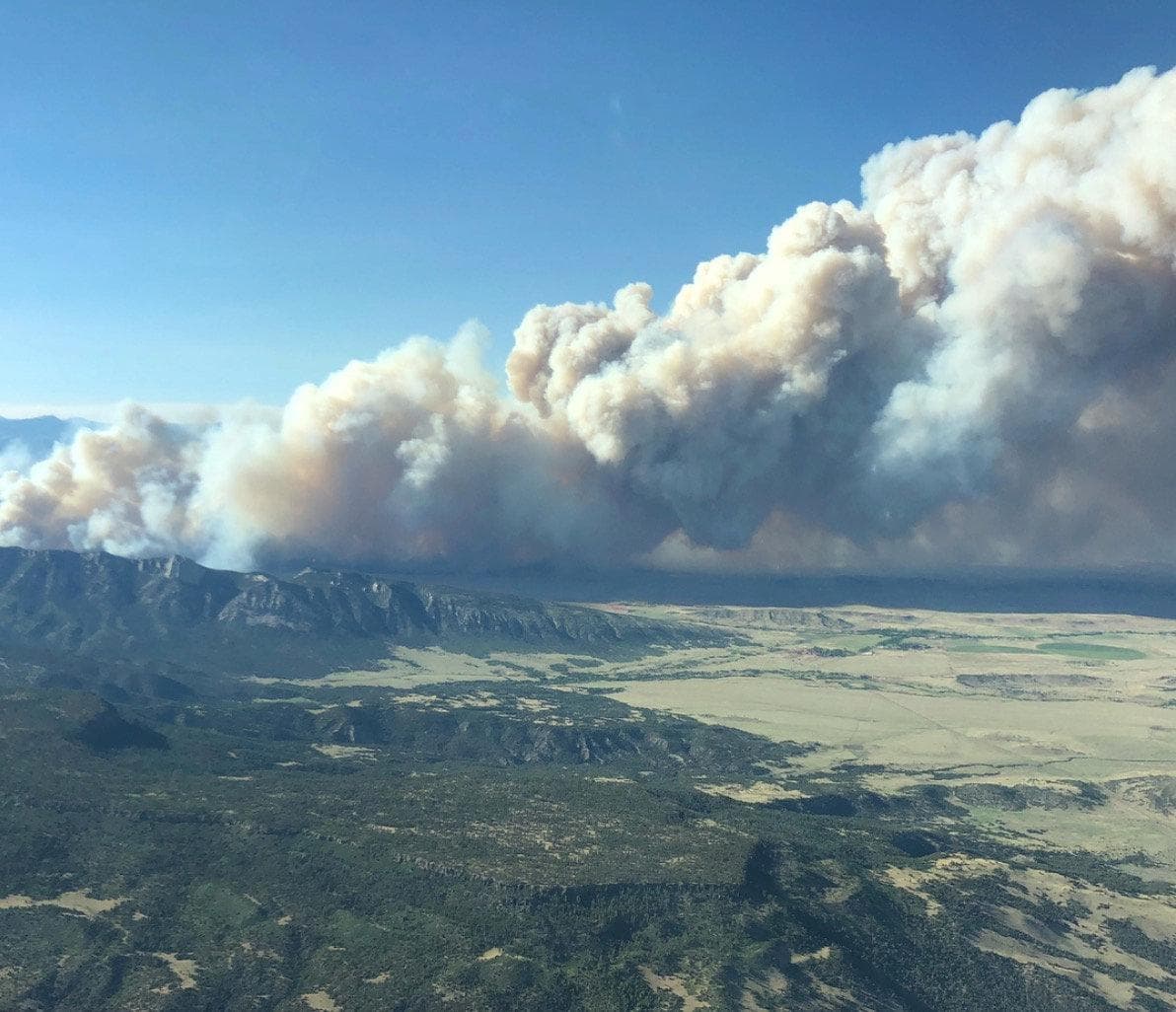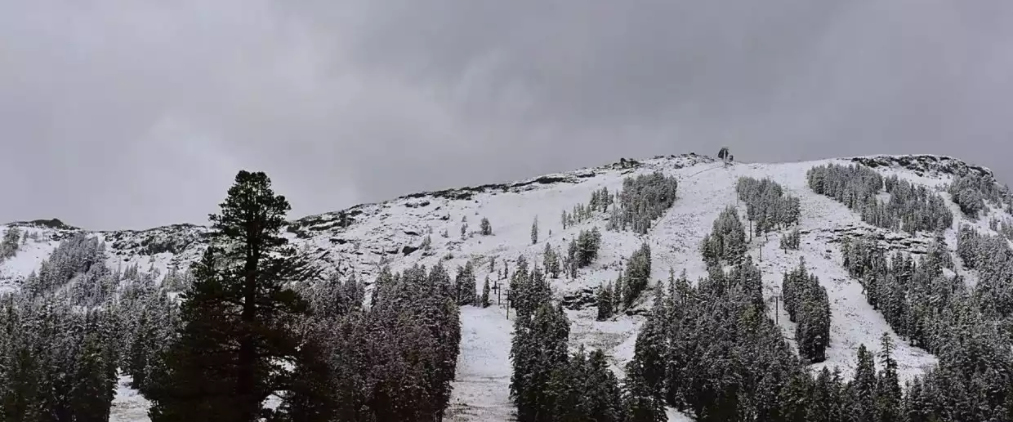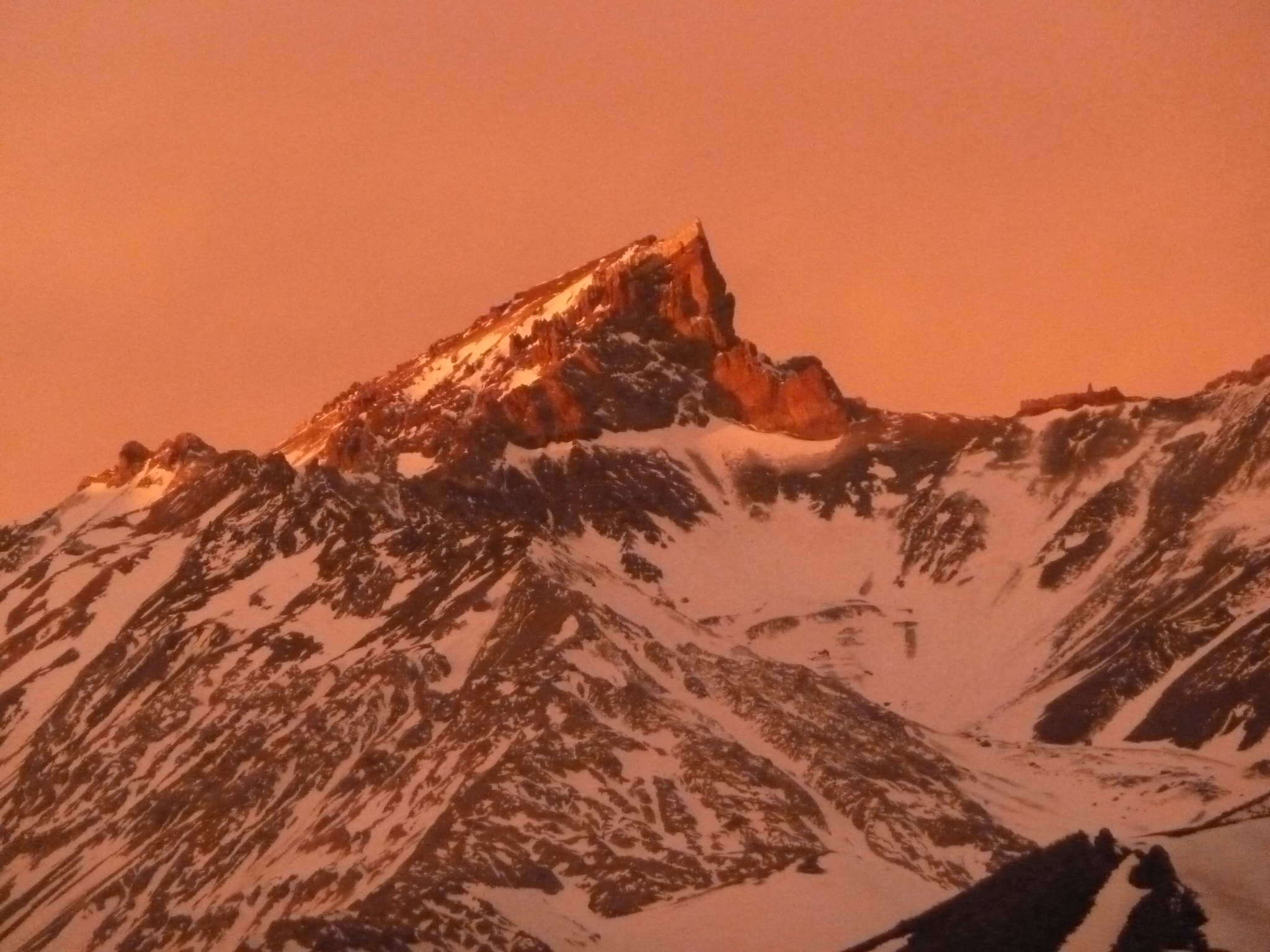
As of 6 am Mountain Time today (Wednesday), the southernmost stretches of the long Rocky Mountain chain will be closed to the public when the majority of the Carson National Forest in New Mexico enters stage three fire restrictions. Stage three restrictions mean the forest is essentially closed to public access, which includes hiking, biking, camping, fishing or setting foot in the forest, reports Eric Mack for Forbes.
The closure of the Carson comes on the heels of the earlier closure of the adjacent Santa Fe National Forest. Together they mean that all public lands within the Rocky Mountains are basically closed to the public in New Mexico. Only a small sliver of forest land, the Jicarilla Ranger District in the oil and gas-producing mesa lands on the west side of the region, will remain open.

The southernmost extent of the Rockies is generally accepted as beginning with the Jemez Mountains and nearby Sangre de Cristo range that backs the state capitol at Santa Fe and runs all the way north into Colorado. As of Wednesday morning, all of those mountains and forest lands south of the Colorado border will be off limits.
This past year in New Mexico has seen precipitation at epic low levels, with winds and heat further drying out the landscape. On Sunday the Rio Grande River was flowing at only 80 cubic feet per second at one gauging station north of Taos. Normally that figure should be somewhere in the low quadruple digits rather than under 100.

In recent years, the term “megadrought” has been circulated when talking about the future of the southwest in the modern day. Usually, we hear the word thrown around as something that’s on the way in decades to come. The megadrought shouldn’t be happening just yet, but if this season is any indication of decades to come, a closed sign on the tip of one of the world’s greatest mountain ranges may become more a regularity than absurdity.




